Mangrove Snapper
The Mangrove Snapper is a medium-sized predatory fish found near the warmer Western Atlantic shores of the Americas
View 41 listings
41
listings
–
price starting from
6
countries
–
to the nearest trip
Where and When?
True mangrove snappers are only to be found around the warmer western Atlantic shores of the USA, Central America, the Caribbean Sea and the northern countries of South America. Reports of Mangrove Snappers being caught in Brazil are now thought to be misidentifications. They sometimes migrate far up large rivers and canals, but really large specimens are usually found in fully marine environments and offshore reefs. From North Carolina down the coast and right round the Gulf of Mexico and the Caribbean Sea this species is a popular coastal angling target. It is most active in the summer months but can feed, and be caught, throughout the year in the more tropical parts of its range. Much of Mangrove Snapper natural feeding takes place after dark and so fishing in the late evenings or even after dark can be productive.
About Mangrove Snapper
The Mangrove or Grey Snapper (Lutjanus griseus) is a medium sized, heavy bodied, fierce predator that is , the mangrove snapper is a popular angling and small scale commercial fish species. It can attain lengths of up to almost 90 centimetres and 20 kilograms at an age of just over 20 years. They spawn in the ocean but a high proportion of young gravitate into marshes, mangroves and lagoons where they may stay for many years before migrating back to the ocean to spawn. They are very strongly associated with structures such as mangrove and other trees, piers, reefs and shipwrecks. The species often aggregates with similar sized members of the same kind around even smallish structures. Mangrove Snappers are primarily an ambush predator favouring evening or night time feeding. This species is very easily mistaken for other similar species such as the Cubera and Black Snappers.
How to Catch?
As ferocious predators, Mangrove Snappers can be caught on many types of lure and bait, depending on what size fish you are targeting and in what area. Their love for structure is both a key to success or failure with this species. Their natural feeding method is ambush predation where they rush out of a structure, gulp in a food item, and then race powerfully back to cover. If you have cast directly towards the structure, strong tackle is essential to try and hold the fish away from cover otherwise, if it reaches the structure, it will weave your tackle round obstructions and the fish will be lost to you. Shore, pier or boat fishing can be successful depending on circumstances, both your and those of the locality. Live bait is often a favoured fishing method, as a living fish is very attractive to this species, and work especially well if you can cast the bait towards a structure. Snappers are usually “dirty” fighters and, while fly fishing can elicit many strikes, holding them from structure on a fly rod is rarely easy. Spinning and casting dead baits around structure can work well, while targeting larger fish around deeper reefs with natural baits or artificial lures can also produce prime specimens.
Listing Types
Similar Species
 Black Snapper
4 offers
Black Snapper
4 offers
 Blackfin Snapper
2 offers
Blackfin Snapper
2 offers
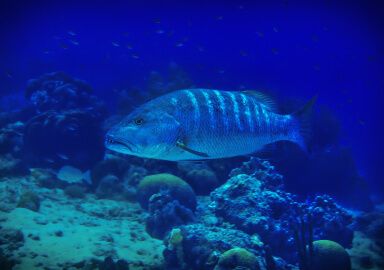 Cubera Snapper
30 offers
Cubera Snapper
30 offers
 Gray Snapper
5 offers
Gray Snapper
5 offers
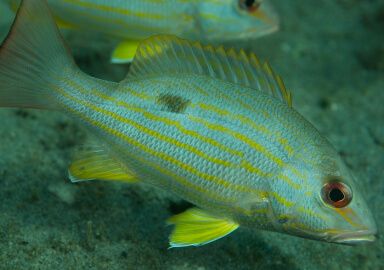 Lane Snapper
14 offers
Lane Snapper
14 offers
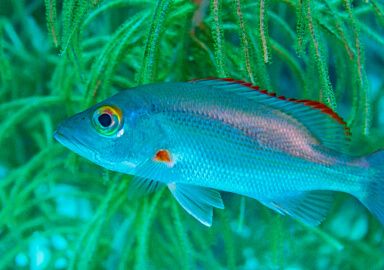 Mohogany Snapper
1 offer
Mohogany Snapper
1 offer
 Mullet Snapper
6 offers
Mullet Snapper
6 offers
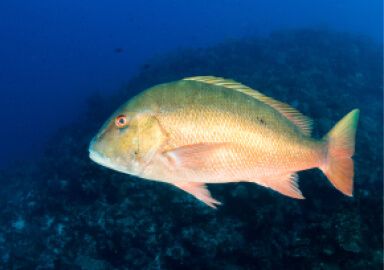 Mutton Snapper
22 offers
Mutton Snapper
22 offers
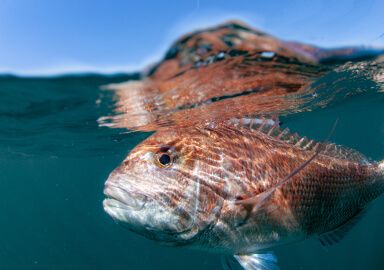 Pink Snapper
2 offers
Pink Snapper
2 offers
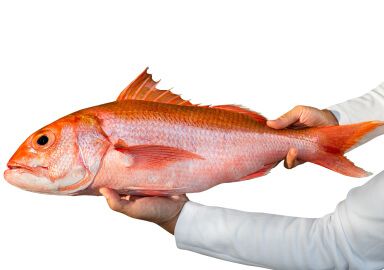 Queen Snapper
6 offers
Queen Snapper
6 offers
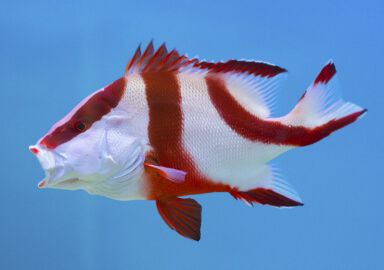 Red Emperor Snapper
7 offers
Red Emperor Snapper
7 offers
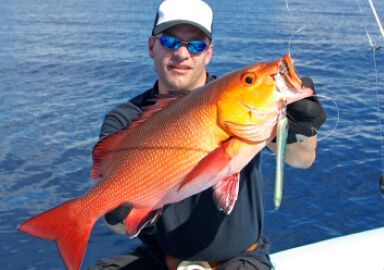 Red Snapper
98 offers
Red Snapper
98 offers
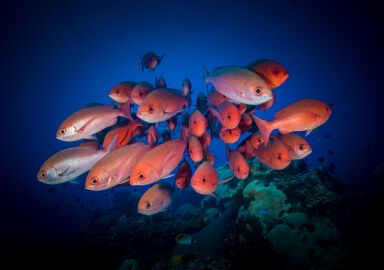 Short-Tail Red Snapper
1 offer
Short-Tail Red Snapper
1 offer
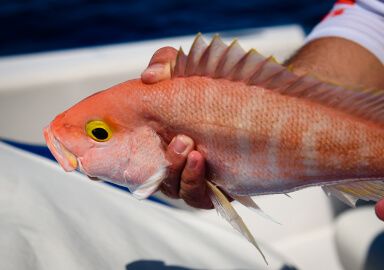 Silk Snapper
3 offers
Silk Snapper
3 offers
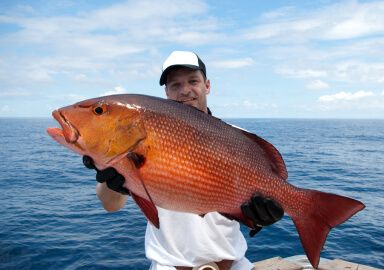 Snapper
274 offers
Snapper
274 offers
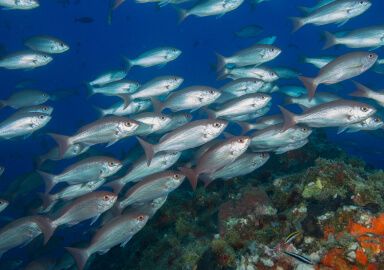 Vermilion Snapper
13 offers
Vermilion Snapper
13 offers
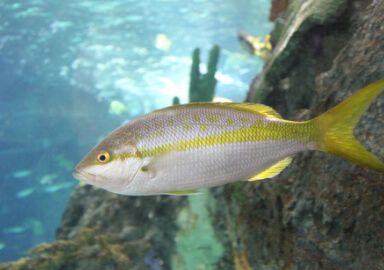 Yellowtail Snapper
24 offers
Yellowtail Snapper
24 offers







